Maybe you know, I was a project member in a model satellite project team before, and we worked too much that days and I gained good experiences about embedded systems, communication, power etc. Now, I want to write posts about my new experiences.
First of them is about a converter which named “TTL/USB converter”. It used for configuration of modules or sensors, and it provides an interface between PC and modules/sensor directly.
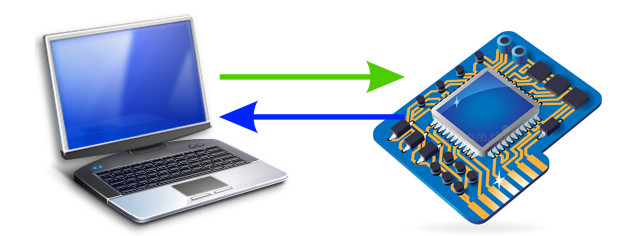
In our project, a camera could be used and it needs a configuration, also it needs a verification to see state of the module correctly. So, we need a “TTL/USB converter cable” but we didn’t have it so we tried to create it 🙂
If you need a TTL/USB converter and you don’t have it; you can create it with a microcontroller which has UART pins/ports. Summarize, microcontrollers provide data transfer between PC and modules like a bridge, so we need some configuration, they are so basic. We will just forward data from sender to receiver.
In our example, we will use Arduino microcontroller to ease programming and reduce debug time etc. But before programming, we have to complete wiring correctly.
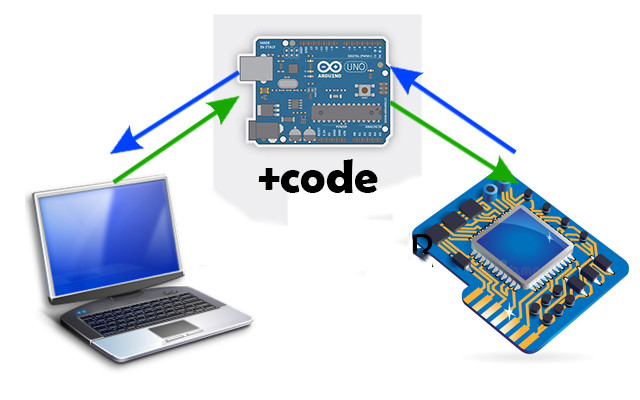
Wiring;
Actually, we can use different wiring by number of serial ports on the MCU, but if you have just one serial port(pins), you have to complete connection same as below:
RX pin(MCU) to RX pin(Module)
TX pin (MCU) to TX pin(Module)
Software;
After wiring, we can develop the code. We just forward data from sender to receiver, so;
- Check is there any new data from modules or PC?
- If yes, forward data to receiver.
If you use Arduino UNO and other boards based on UNO, you don’t have to do anything; just upload empty sketch to board.
void setup() { }
void loop() { }
After these steps are completed, modules can be programmed or verified from PC.
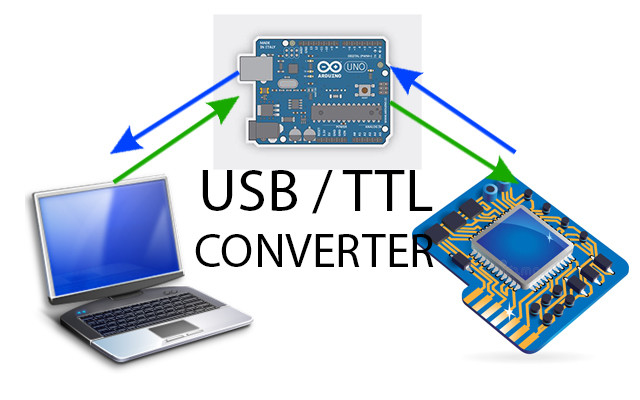

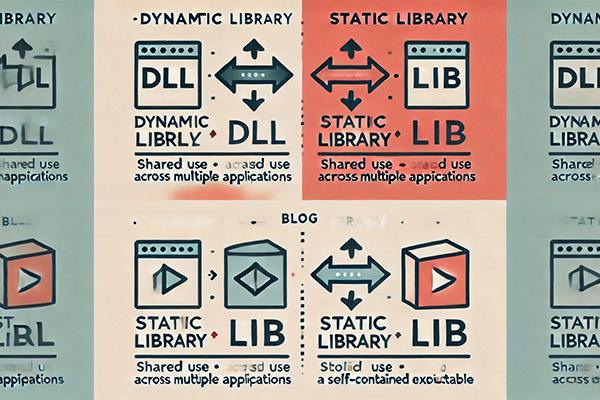
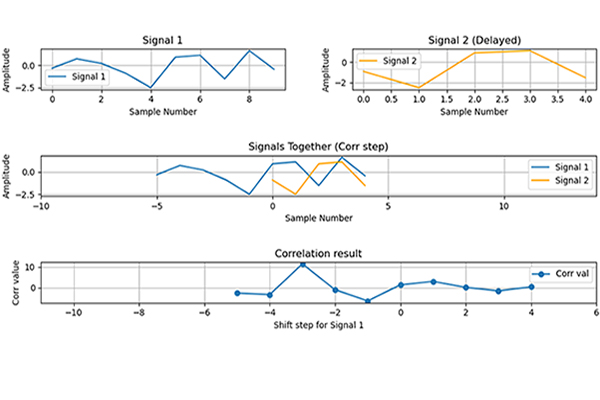
Leave a Reply